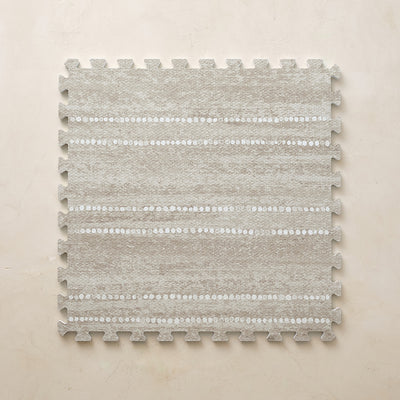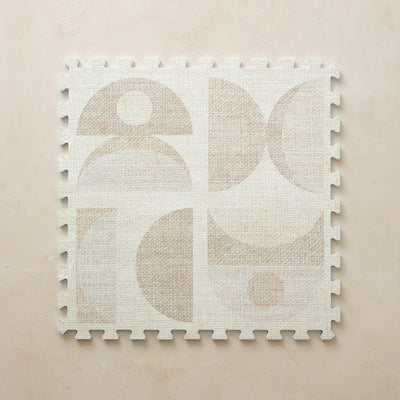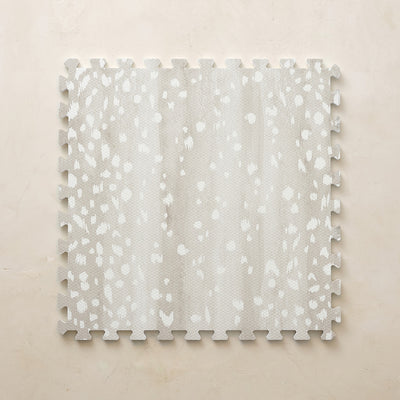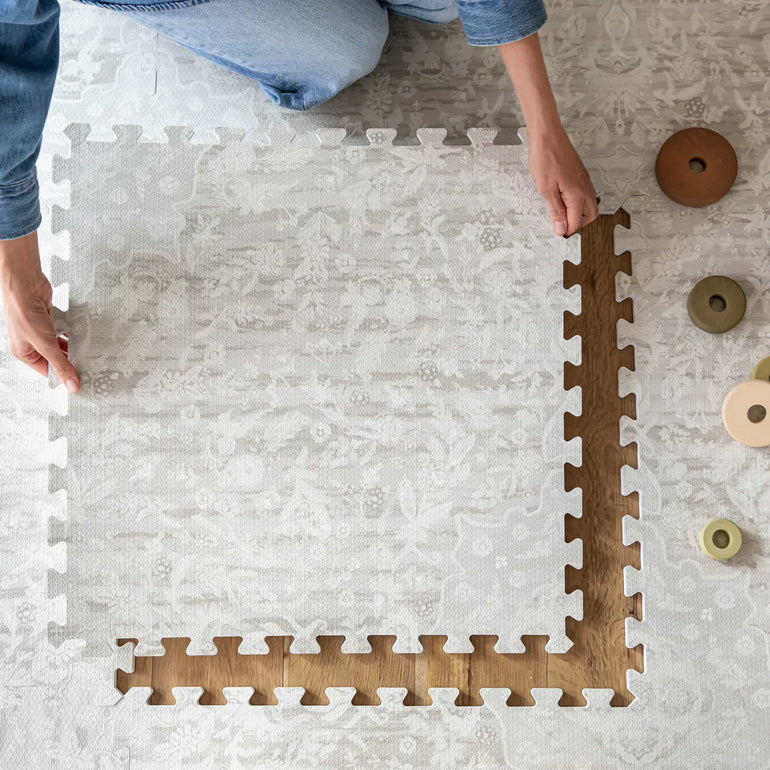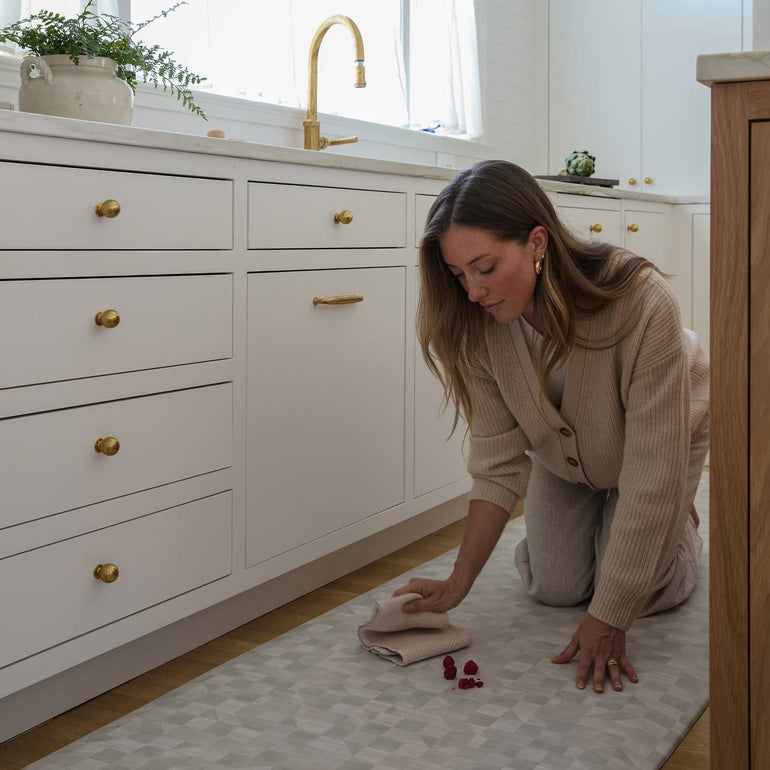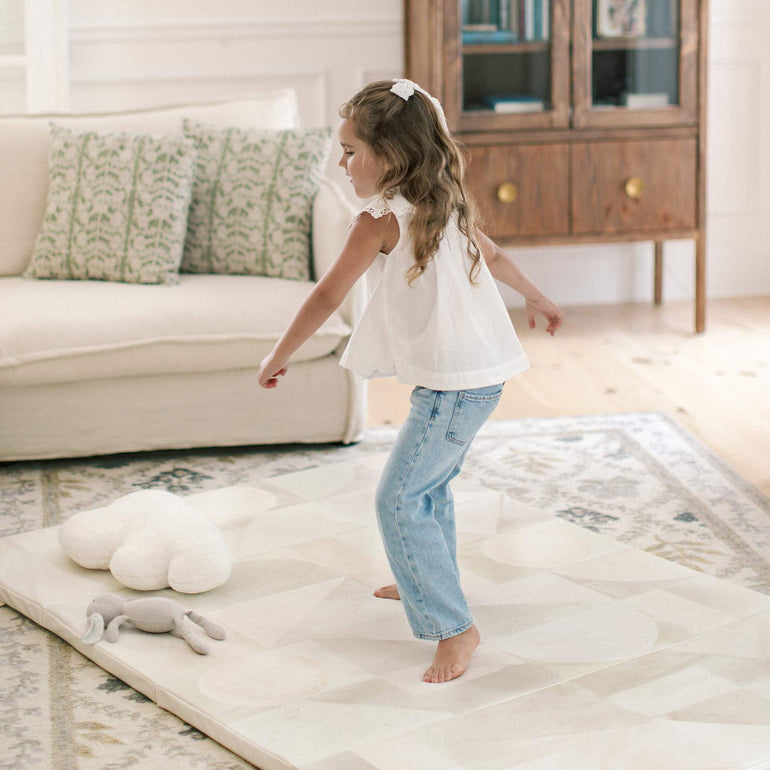
A clean home matters, but for many busy parents, keeping it that way can feel like a full-time job. The goal here isn’t perfection. It’s a system that supports your real life. This guide introduces low-effort cleaning habits that help working moms and caregivers keep a tidy home without sacrificing rest, routines, or personal time.
Rather than chasing deep-cleaning marathons, you’ll learn how to build a cleaning rhythm that fits your life, design your spaces to reduce mess, and get the whole family involved in keeping things (mostly) organized. And if you’re juggling little kids or working full-time, give yourself grace—some days tidy is enough, and that’s more than okay.
Start with a Realistic Weekly House Cleaning Schedule
A sustainable cleaning routine begins with a structure that feels doable. A weekly house cleaning schedule can help you stay on top of clutter and grime without needing hours of your time. Try grouping cleaning tasks by day or zone. For example:
-
Monday: Kitchen Reset
-
Tuesday: Clean Bathroom Surfaces
-
Wednesday: Vacuum Common Areas
-
Thursday: Laundry And Linens
-
Friday: Quick Clean And Declutter
Use a cleaning checklist or whiteboard to keep it visible. You can also download a sample cleaning schedule and adjust it to your household’s rhythms.
Layer in one or two monthly weekly cleaning tasks, like baseboards or windows. That way, nothing builds up and no single day feels overloaded.
Design Your Home to Work Smarter, Not Harder
One of the best ways to reduce cleaning time is to create a home that naturally supports cleanliness. Think in terms of prevention, not just reaction.
-
Use machine-washable covers in high-traffic areas
-
Add wipe-clean mats to places prone to spills, like the kitchen or entryway
-
Organize by function to keep clutter from spreading
For example, in the kitchen, an anti-fatigue kitchen mat protects your feet, simplifies wipe-downs, and protects floors from spills. See how it supports busy cooks.
In play areas, use soft furniture that supports different activities in designated zones to keep toys and mess contained. Learn how to organize any playroom proactively.
Create Zone-Based Cleaning Habits for the Whole Family
When cleaning becomes a shared responsibility, it feels less like a burden. Try assigning family members to specific zones of the home. A family cleaning schedule built around age-appropriate tasks can teach kids responsibility and lighten the load.
For example:
-
Toddlers: pick up toys, wipe baseboards with socks
-
Older kids: tidy their rooms, vacuum shared spaces
-
Partners: alternate bathroom and kitchen zones weekly
Consider a Montessori approach to shared spaces, where everything has a place and even small children can participate.

Keep visual cues like baskets, bins, and easy-access cleaning supplies in each zone. When each family member owns their space, the home stays more organized.
Systems Over Scrubbing: Mental Shifts that Make a Difference
Sticking to a cleaning routine often depends on how you think about it. Here are some mindset shifts that make low-effort cleaning feel sustainable:
-
You don’t need to clean everything, just enough
-
“Good enough” is better than waiting for perfect timing
-
Quick resets often make the biggest difference
Instead of dedicating a whole Saturday to deep cleaning, aim for 10–15 minute resets. For example, have older children tidy the entryway while waiting for dinner. Wipe down counters while the kids finish their snack. Add one or two of these resets into your day and let them compound.
Housework Hacks for Working Moms with No Time to Spare
A cleaning schedule for working moms should bend with your energy, not break your back. Here are a few low-effort habits that make a big difference:
-
Keep microfiber cloths in every room for fast dusting
-
Assign “zones of the day” instead of big chore lists
-
Load the dishwasher while helping with homework
-
Fold laundry while watching TV
Sustainable Cleaning Tools That Make Life Easier
You don’t need a closet full of cleaning supplies to stay on top of your home. The tools used consistently can do more than endless product rotation. Creating a low-effort, repeatable routine starts with choosing items that work with your habits, not against them.
Here are a few tools that help make a daily cleaning routine feel less like a task list and more like a rhythm:
-
Microfiber cloths (place one in every key room)
-
A good, all-purpose multi-surface spray
-
Reusable cleaning pads or Swedish dishcloths
-
Wire or woven baskets for catch-all clutter zones
-
Machine-washable cushion covers or slipcovers
-
Compact vacuum or cordless stick vac for quick pickups
-
A labeled bin for each family member to collect daily out-of-place items
Build a Home That Feels Clean Without the Constant Chore List
This rhythm works best when you let it flex with your life. Some weeks will go smoothly, while others may feel more chaotic, and that’s okay. A cleaning routine that sticks isn’t built on pressure, but on permission. Permission to reset when needed. Permission to lean on tools and systems that make life easier. Permission to let go of perfection and embrace what’s good enough.
What matters most isn’t a spotless floor or a fully crossed-off list. It’s having a manageable home where you can live, work, and rest without feeling overwhelmed by chores. With a few small shifts and the proper support a clean and calm space is entirely within reach.
